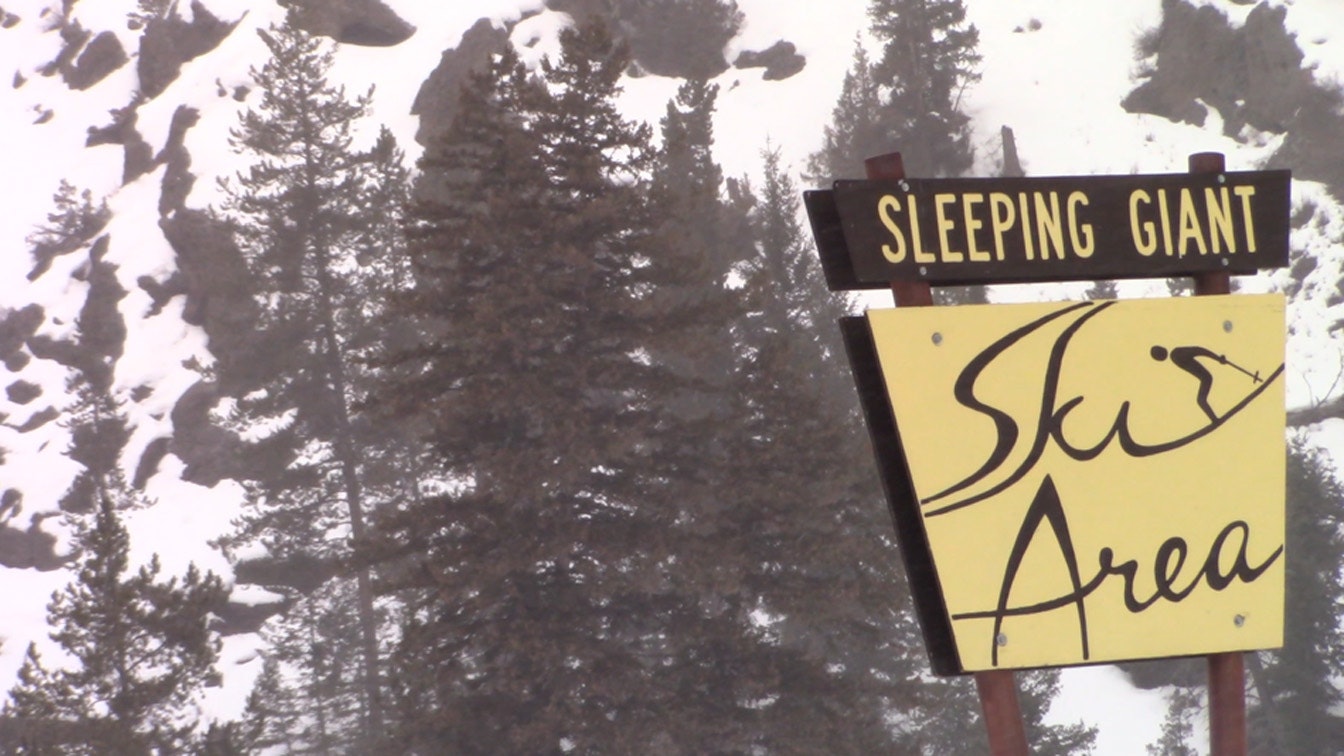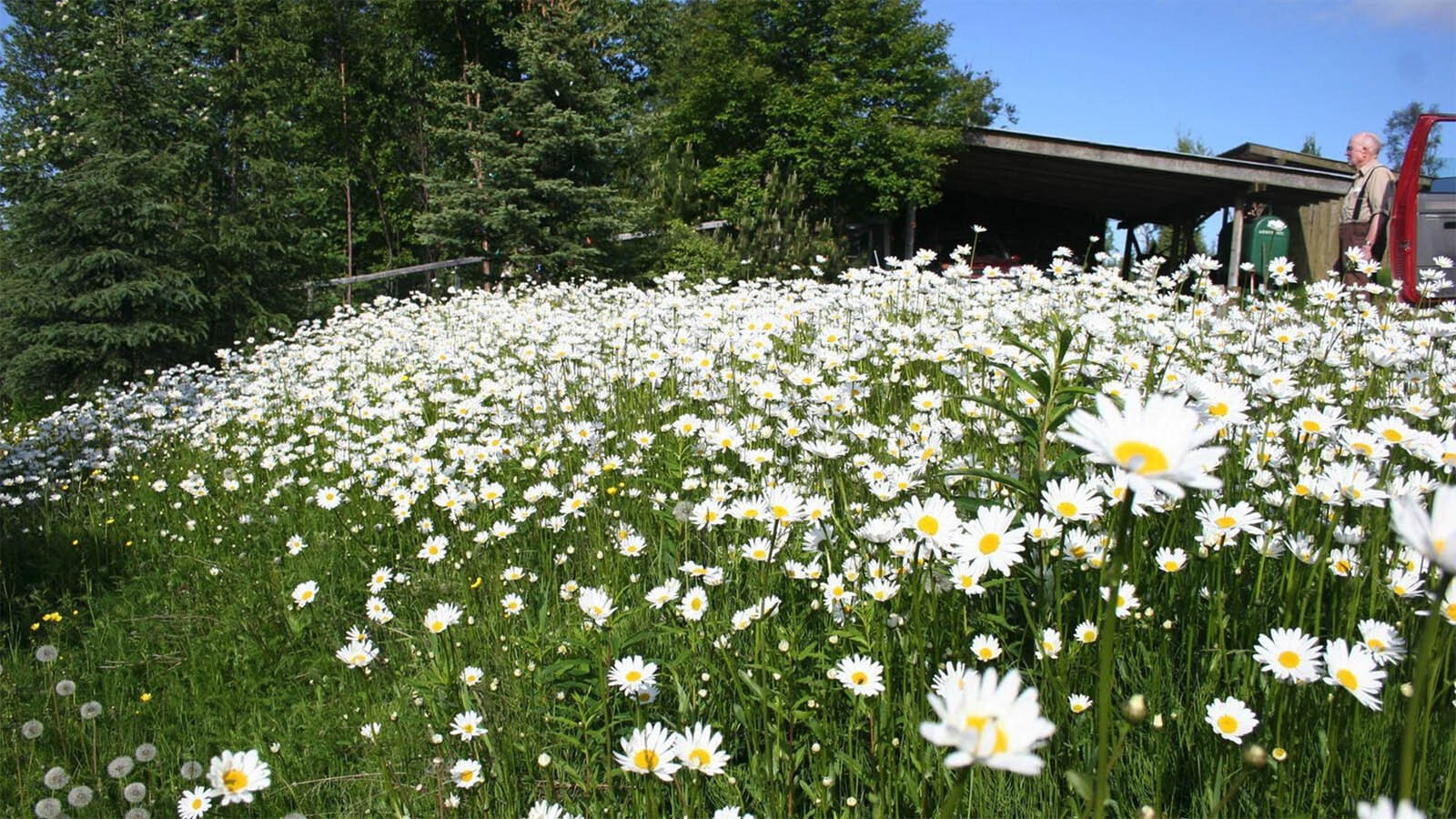The mountains of western Wyoming and eastern Idaho, along with southern Montana and central Colorado, are meccas for people of all ages who love the thrill of sliding down the hillsides at high speeds.
Skiing can be expensive, however, and one non-profit organization is struggling with providing affordable access for families while keeping the books in the black.
Otto Goldbach is a member of the Yellowstone Recreations Foundation, the board responsible for the Sleeping Giant ski area near the east entrance to Yellowstone National Park.
The board announced recently that Sleeping Giant would close for good after this spring’s ski season, but Goldbach and other board members are hoping that they can find a way to extend the hill’s life by a few years through more volunteer hours and fundraising.
Goldbach pointed out that the ski hill is more than just a winter recreation area.
“It’s a community center that happens to have some ski lifts on it,” he said.
The hill, which was first opened in 1930 as the Red Star Ski Area, had closed in 2004, but a community effort brought it to life again in 2009.
“Some really generous donors came in and put in the new infrastructure, remodeled the lodge, put in a new lift,” Goldbach said.
Sleeping Giant is a relatively small ski hill – with just 900 vertical feet and 184 skiable acres, it lacks the “excitement” that draws more experienced skiers to Montana’s nearby Red Lodge, just an hour north of Cody, or just a bit farther away to Jackson or Big Sky, also in Montana.
But the family-friendly lift ticket prices ($16 for children 6 to 12 and $42 for adults) and programs such as free skiing for fifth graders make it a draw for local residents.
While the foundation has a broad base of support in nearby Cody, it hasn’t been able to raise enough funds to balance the budget and the facility is running at a $200,000-per-year deficit.
Goldbach said the board has tried to think out of the box for ways to keep Sleeping Giant open, including constructing a zip line that has low overhead with a higher rate of return.
However, that tactic hasn’t been enough.
“They tried to get the revenue off of the zip line to pay for the ski area,” Goldbach said, “but it hasn’t been performing like it was hoped.”
Sleeping Giant isn’t the only ski area that’s facing hard times. The snow sports industry nationwide is facing downturns tied to changes in the weather patterns.
According to a report released in the journal Geophysical Research Letters, there’s been a 41 percent drop in snowfall amounts across the American West since the early 1980s.
But Goldbach said the hurdles they face at Sleeping Giant are more than just fewer snow days.
“It’s a tough industry,” he lamented. “You’ve got bad years, you’ve got competition from other ski areas and other sports that are going on.”





